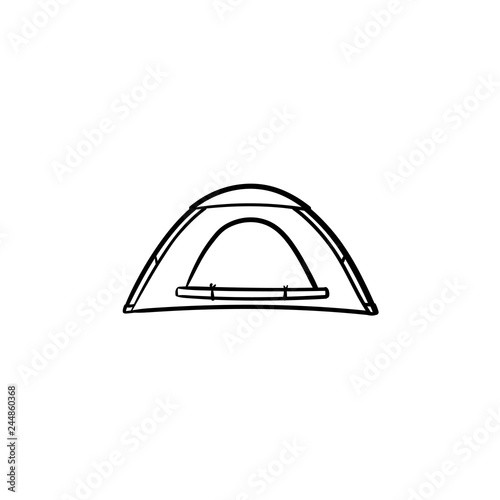Wintertime camping uses the opportunity to check out a pristine, relaxing wild free of groups and noise. Nevertheless, there are a couple of things to think about prior to embarking on your journey.
Among these is safeguarding your outdoor tents with snow supports. A clove drawback with a hidden stick can benefit rough surface, but in ice and snow, a "dead man" anchor may be the best option.
Packing Down the Area
If you desire your individual line supports to be bombing plane, see to it the location around your outdoor tents is loaded down. This is less complicated with skis or snowshoes, yet also an excellent set of treking boots can do the method if you pace your camp numerous times to load it down. This will certainly make sure that the risks you dig will not move or get pulled out by the wind. Alternatively, you can create "Dead Man" anchors by tying the line to a stick and hiding it in the snow with either Bob's brilliant knot or a standard taut-line drawback maintaining the knot well over the snow degree. This works truly well at Helen Lake where the snow is pretty thick.
I additionally such as to establish a wind wall surface to safeguard the entrance of my tent.
Digging the Stake Trenches
Making use of a shovel, dig a slim trench simply large enough for the reclining peg. Take care not to reduce the person line with the blade of the shovel, particularly if you are using it for a T-trench anchor (also called a straight mid-clip). A T-trench is just one of the best anchors and should be part of any kind of system made use of to assist crevasse rescue. It takes more time to build than an upright picket however it helps disperse the tons and avoid the line from fraying over rough surface.
The camping tent pegs that ship with the majority of 4-season and winter months camping tents are not long enough for the deadman risk approach when camping on snow, so you will need to bring added utility cord to prepare these. To stay clear of needing to tie knots with cool fingers, it is a great idea to prepare all the guy lines ahead of time in your home by tying girth drawbacks to the end of each cord.
Loading the Stake Trenches with Snow
The guy lines that feature many 4-season tents are as well short for surveying a camping tent in deep snow. Prepare for this ahead of time by using 2mm energy cord to extend the size of each man line.
To hide the stick, use either a clover hitch knot as Bob explains or a taut-line hitch with the knot well over the snow level (so you can draw the unknotted line back out if it gets cold in). After that wet down the location and stomp it down to load it firmly.
This is tent accessories one of the most protected approach for risks in winter and it does not require an ice axe, although some favor to utilize one anyhow to prevent wrecking their hands as they dig. Repeat the process for every stake up until you've hidden all the sticks and are ready to set up camp. This is a fantastic means to finish the job rapidly when establishing in chilly and gusty conditions.
Tightening up the Pitch
While a basic outdoor tents is adequate for outdoor camping in summer, wintertime requires a lot more gear, particularly if the journey will be expanded. A 4-season tent with stronger posts, much heavier textiles and less mesh is essential to endure high winds and heavy snowfall.
A hat is essential to keeping warmth from being lost with the head (approximately 70% of body heat loss). The exact same goes for gloves and a face mask in really cold conditions.
Sleeping on a system rather than in a camping tent with a flooring can also help reduce warmth loss via the bottom of the resting bag. Making use of a tarp can likewise permit additional comfort by supplying a surface area for cooking and sitting.
Website option is essential in wintertime outdoor camping. Look for an area that provides wind security, a protected water source (to prevent melting snow), and is far from avalanche threat or hazard trees. An area that has direct exposure to sunshine will also assist you heat up much faster in the morning.
